In the dynamic world of logistics and transportation, selecting the appropriate road tanker size is pivotal for optimizing operations, ensuring safety, and adhering to regulatory standards. At CarMax Vehicle, we understand the complexities involved in choosing the right tanker. This guide delves into the various aspects of road tanker sizes, providing a detailed analysis to help you make informed decisions.
Understanding Road Tankers
Road tankers are specialized semi-trailers designed to transport liquids, gases, and sometimes dry bulk materials. Their design, capacity, and specifications vary based on the type of cargo, transportation requirements, and regulatory constraints.
Types of Road Tankers
- Chemical Tankers
- Food-Grade Tankers
- Fuel Tankers
- Bulk Liquid Tankers
- Cryogenic Tankers
Each type caters to specific industries and cargo requirements, influencing the choice of tanker size.

Factors Influencing Road Tanker Sizes
Selecting the appropriate road tanker size involves evaluating several critical factors:
1. Cargo Type and Properties
- Chemical Compatibility: Different chemicals require specific materials and tank configurations.
- Viscosity: High-viscosity liquids may necessitate larger tanks or specialized pumping systems.
- Temperature Sensitivity: Some cargoes require insulated or refrigerated tankers.
2. Regulatory Compliance
- Maximum Gross Weight: Varies by country and region; adherence is crucial to avoid penalties.
- Route Restrictions: Certain roads have size and weight limitations impacting tanker dimensions.
- Environmental Regulations: Emission standards and spill prevention measures influence tank design.

3. Operational Efficiency
- Fuel Economy: Larger tankers may offer better fuel efficiency per unit of cargo transported.
- Loading and Unloading Times: Facilitates faster turnaround with appropriately sized tanks.
- Maintenance and Durability: Size impacts ease of maintenance and longevity of the tanker.
4. Infrastructure Compatibility
- Loading Facilities: Must accommodate the tanker’s dimensions and loading mechanisms.
- Storage Capacity: Warehousing and storage facilities need to align with tanker sizes.
- Fleet Compatibility: Ensures seamless integration with existing vehicle fleets.
Standard Road Tanker Sizes
Road tanker sizes are typically categorized based on their capacity (measured in liters or gallons) and physical dimensions. Here, we outline the common sizes and their specifications.

Table 1: Common Road Tanker Sizes
| Tanker Size Category | Capacity (Liters) | Dimensions (L x W x H in meters) | Weight (Empty/Loaded in tonnes) |
|---|---|---|---|
| Small Scale | 5,000 – 15,000 | 7.0 x 2.5 x 2.5 | 3 / 10 – 18 |
| Medium Scale | 15,000 – 30,000 | 12.0 x 2.5 x 3.0 | 6 / 20 – 30 |
| Large Scale | 30,000 – 50,000 | 15.0 x 2.7 x 3.5 | 8 / 25 – 40 |
| Extra Large Scale | 50,000 – 80,000 | 18.0 x 3.0 x 4.0 | 10 / 30 – 60 |
Note: Dimensions and weights may vary based on manufacturer specifications and regional regulations.
Choosing the Right Tanker Size
Selecting the optimal tanker size involves balancing capacity with operational constraints. Here’s a step-by-step approach to guide your decision.
Step 1: Assess Your Cargo Requirements
- Volume: Determine the average volume of cargo to be transported.
- Frequency: High-frequency deliveries may benefit from smaller, more agile tankers.
- Nature of Cargo: Hazardous or sensitive materials might require specialized tankers regardless of size.
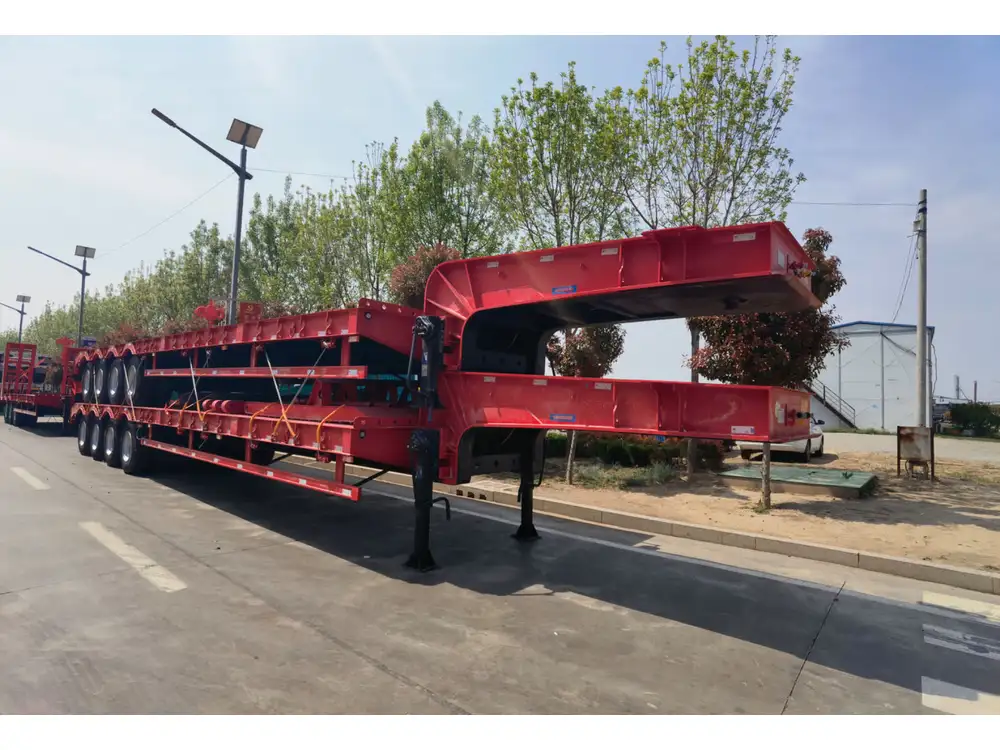
Step 2: Evaluate Regulatory Constraints
- Weight Limits: Ensure the loaded tanker does not exceed legal weight limits.
- Dimension Restrictions: Confirm that the tanker dimensions comply with road and bridge regulations.
- Licensing Requirements: Different sizes may require specific driver licenses or permits.
Step 3: Analyze Operational Logistics
- Route Characteristics: Consider road conditions, bridge heights, and urban congestion.
- Loading/Unloading Facilities: Ensure compatibility with the infrastructure.
- Fleet Integration: Align tanker sizes with existing fleet capabilities.
Step 4: Financial Considerations
- Initial Investment: Larger tankers require higher upfront costs.
- Operating Costs: Includes fuel, maintenance, and potential tolls.
- Return on Investment: Balance capacity with potential revenue generation.
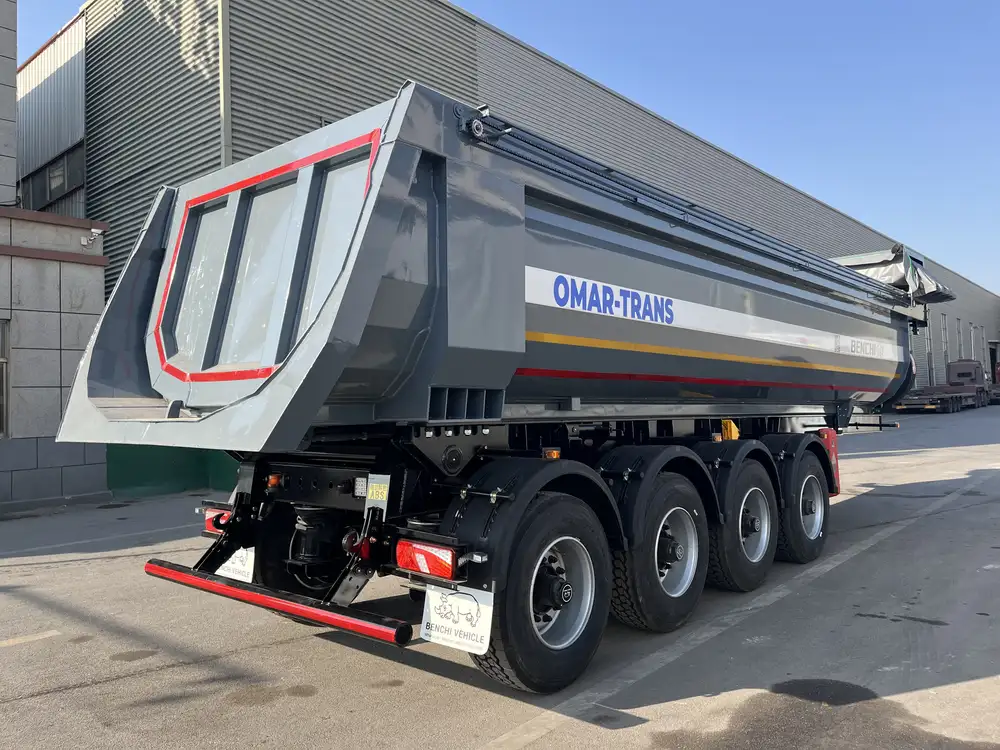
Advantages of Various Tanker Sizes
Understanding the benefits of different tanker sizes can aid in making the right choice for your operations.
Small Scale Tankers
- Flexibility: Ideal for urban deliveries and navigating tight spaces.
- Lower Initial Costs: More affordable for small businesses and startups.
- Easier Maneuverability: Simplifies operations in congested areas.
Medium Scale Tankers
- Balanced Capacity: Suitable for a wide range of applications without significantly increasing operational costs.
- Versatile Usage: Can transport diverse types of cargo with moderate capacity needs.
- Compliance: Often align well with regulatory standards for multiple regions.

Large Scale Tankers
- High Capacity: Ideal for bulk transport, reducing the number of trips required.
- Economies of Scale: Lower per-unit transportation costs.
- Efficiency: Streamlines operations for large-scale logistics.
Extra Large Scale Tankers
- Maximum Capacity: Suitable for long-haul routes and large-volume deliveries.
- Cost Efficiency: Best for companies with high transportation demands.
- Advanced Features: Often equipped with state-of-the-art technology for safety and efficiency.
Customizing Road Tankers with CarMax Vehicle
At CarMax Vehicle, we specialize in manufacturing tailored road tankers to meet diverse transportation needs. Our customization options ensure that each tanker aligns with your specific requirements, enhancing operational efficiency and safety.
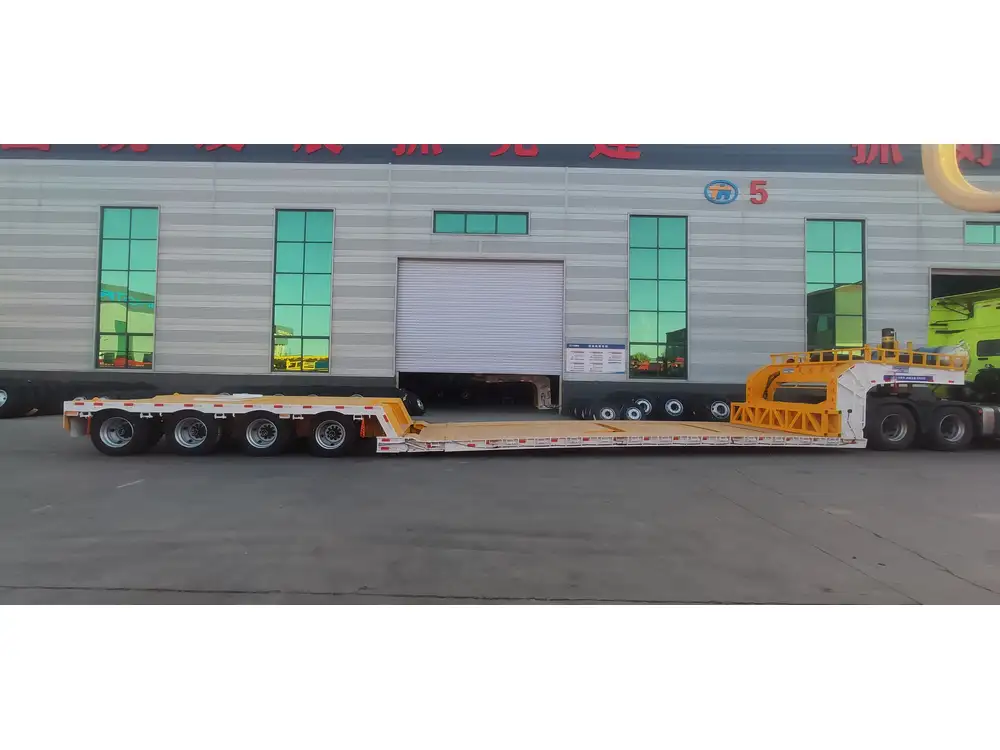
Customization Options
Material Selection
- Stainless steel for corrosion resistance
- Aluminum for lightweight applications
- Specialty coatings for chemical compatibility
Tank Configuration
- Single compartment for uniform cargo
- Multi-compartment for diversified shipments
- Insulated tanks for temperature control
Pump Systems
- Manual vs. automated pumping systems
- High-pressure pumps for viscous liquids
- Emergency shut-off mechanisms for safety
Safety Features
- Spill containment systems
- Advanced braking systems
- Reinforced structural frames
Technological Integrations
- GPS Tracking: Real-time location monitoring for enhanced logistics management.
- Telematics: Data-driven insights for route optimization and vehicle performance.
- Automated Loading Systems: Streamlines the loading process, reducing time and labor costs.
Comparative Analysis: CarMax Vehicle vs. Competitors
When selecting a road tanker manufacturer, it’s essential to compare key aspects to ensure you receive the best quality and value.
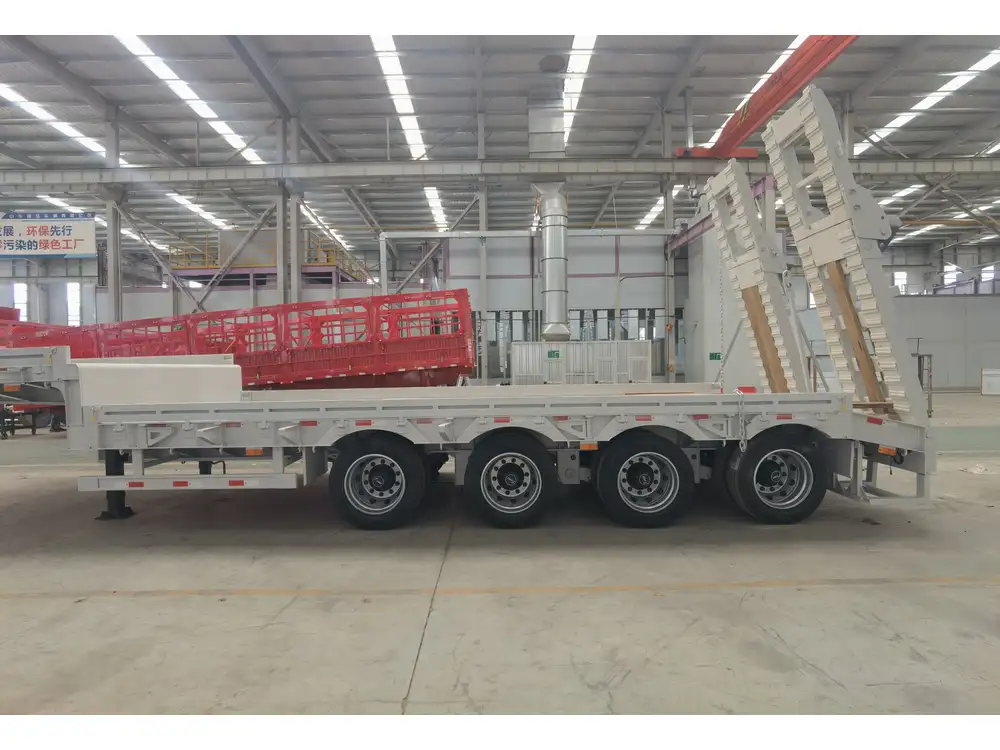
Table 2: Comparative Features
| Feature | CarMax Vehicle | Competitor A | Competitor B |
|---|---|---|---|
| Customization Options | Extensive, tailored solutions | Limited customization | Moderate options |
| Material Quality | High-grade, durable materials | Standard materials | Varies by model |
| Technological Integrations | Advanced GPS & telematics | Basic tracking systems | Limited tech features |
| Safety Standards | Industry-leading safety | Compliant with regulations | Meets basic safety standards |
| After-Sales Support | Comprehensive support plans | Standard support | Limited post-sale services |
| Pricing | Competitive and flexible | Generally higher | Varies, often inconsistent |
CarMax Vehicle stands out with its commitment to quality, extensive customization, and advanced technological integrations, ensuring that your transportation needs are met with precision and reliability.
Regulatory Compliance and Road Tanker Sizes
Compliance with regulations is non-negotiable in the transportation industry. Understanding how tanker sizes intersect with regulatory requirements is crucial.
Key Regulatory Bodies
- European Union (EU) Regulations
- United States Department of Transportation (DOT)
- International Maritime Organization (IMO) Standards

Compliance Considerations
- Maximum Permissible Gross Weight (MPGW): Ensures the loaded tanker does not exceed legal weight limits.
- Axle Weight Limits: Prevents excessive strain on roads and bridges.
- Height and Length Restrictions: Varies by region; essential for avoiding route limitations.
- Hazardous Material Transportation Laws: Specific to chemical and fuel tankers, detailing safety and handling protocols.
Ensuring Compliance with CarMax Vehicle
Our tankers are designed to meet and exceed regulatory standards across various regions. We provide detailed documentation and support to assist you in maintaining compliance, including:
- Certification of materials and construction
- Compliance with emission standards
- Safety feature implementations
Optimizing Fleet Operations with the Right Tanker Size
A well-optimized fleet can significantly enhance efficiency and profitability. Here’s how selecting the right tanker size contributes to fleet optimization.

Fleet Utilization
- Maximized Cargo Capacity: Aligning tanker sizes with cargo volume ensures optimal use of available space.
- Reduced Trip Frequency: Larger tankers decrease the number of trips, saving time and fuel.
- Balanced Load Distribution: Prevents overloading and underloading, maintaining vehicle integrity.
Cost Management
- Fuel Efficiency: Properly sized tankers optimize fuel consumption based on load.
- Maintenance Costs: Standardized tanker sizes streamline maintenance processes and reduce costs.
- Operational Costs: Efficient load management minimizes wear and tear on vehicles.
Enhancing Delivery Timelines
- Faster Turnaround: Adequate tanker sizes reduce loading and unloading times.
- Reliable Scheduling: Consistent capacity facilitates accurate delivery planning and scheduling.
- Improved Customer Satisfaction: Timely and reliable deliveries enhance client relationships and trust.
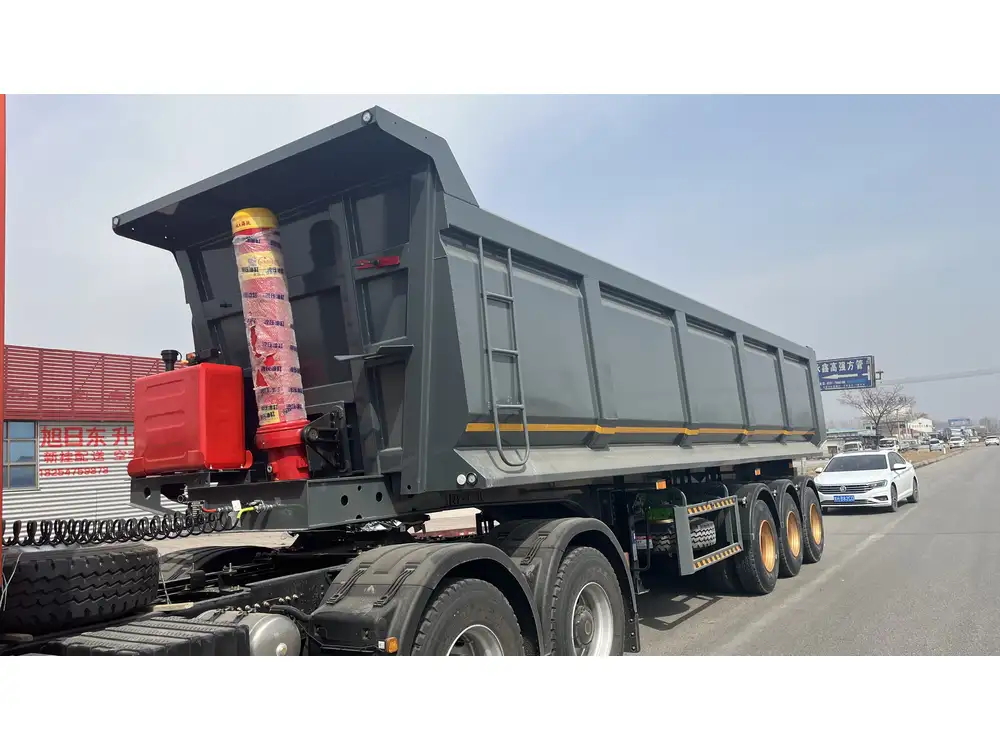
Future Trends in Road Tanker Sizes
The transportation industry is continually evolving, influenced by technological advancements and changing market demands. Here are some emerging trends shaping the future of road tanker sizes.
Sustainable Materials and Design
- Eco-Friendly Materials: Increasing use of recyclable and sustainable materials in tanker construction.
- Lightweight Designs: Innovations aimed at reducing overall tanker weight without compromising strength.
Smart Technology Integration
- IoT-Enabled Features: Enhanced connectivity for real-time monitoring and data analytics.
- Automated Systems: Integration of autonomous loading and unloading mechanisms to increase efficiency.
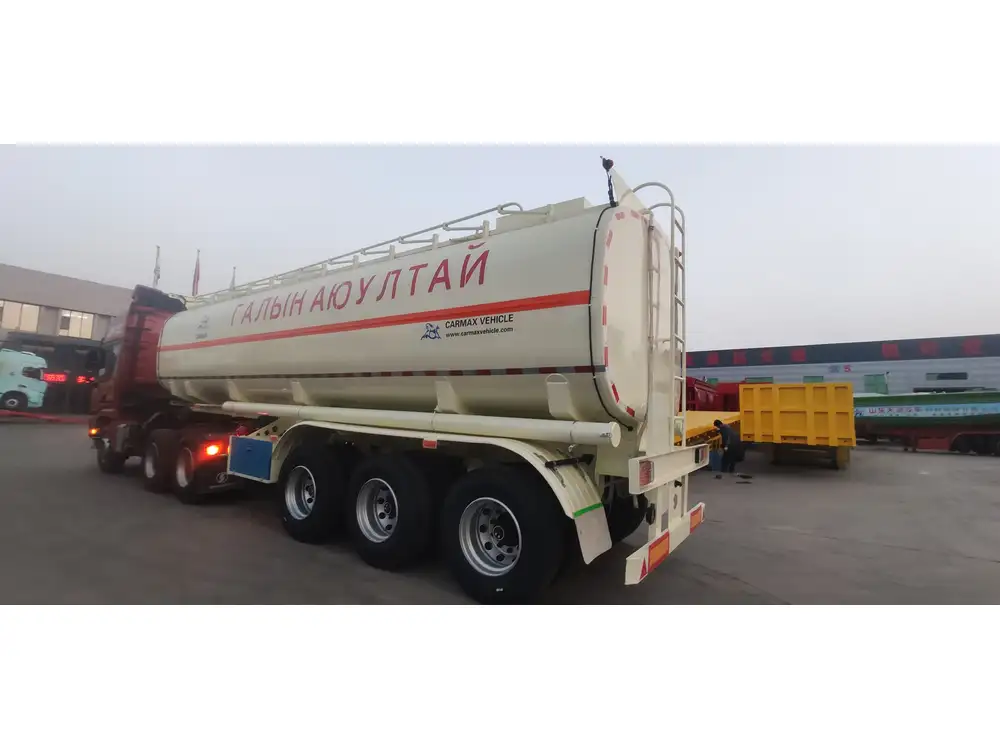
Modular Tanker Designs
- Interchangeable Compartments: Flexible configurations allowing for multi-cargo transportation.
- Scalable Sizes: Modular components that can be adjusted based on demand and specific requirements.
Enhanced Safety Mechanisms
- Advanced Spill Prevention: Improved containment systems to minimize environmental impact.
- Collision Avoidance Systems: Incorporation of sensors and alarms to prevent accidents.
Best Practices for Maintaining Road Tankers
Proper maintenance ensures the longevity and reliability of your road tankers. Here are some best practices to follow.
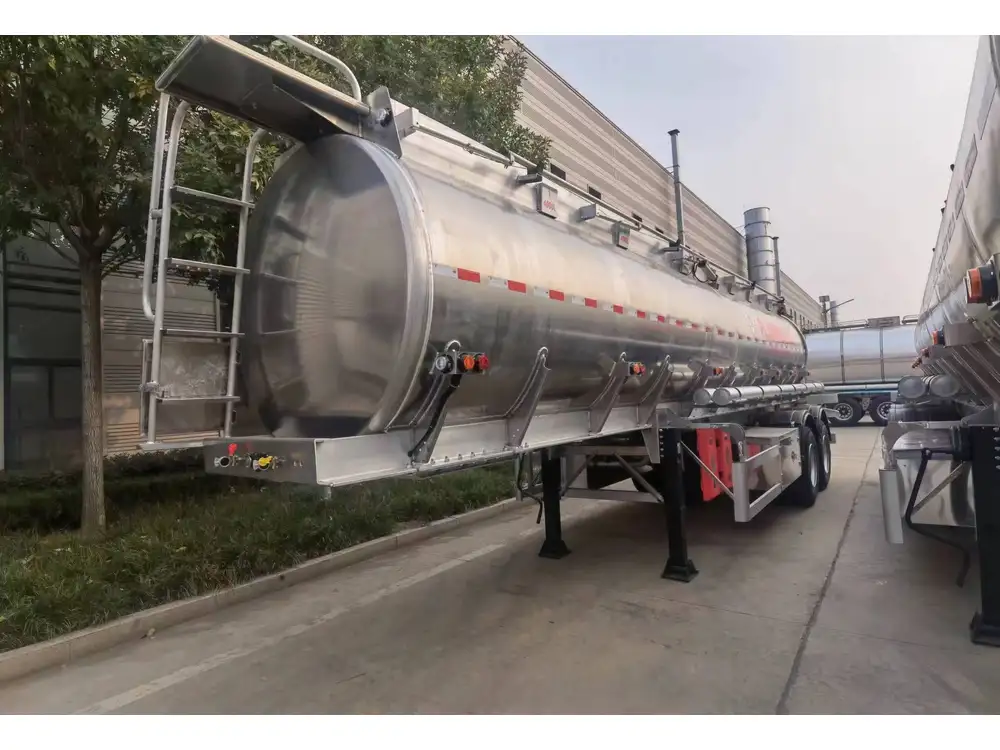
Regular Inspections
- Daily Checks: Inspect for visible damage, leaks, and operational functionality.
- Scheduled Maintenance: Adhere to manufacturer-recommended service intervals for comprehensive upkeep.
Cleaning and Sanitization
- Cargo Residue Removal: Prevent contamination and corrosion by thoroughly cleaning tanker interiors.
- Disinfection Protocols: Essential for food-grade and pharmaceutical transport to maintain hygiene standards.
Technical Maintenance
- Pump and Valve Checks: Ensure all pumping mechanisms and valves operate smoothly.
- Structural Integrity: Regularly assess the tanker’s frame and tank for signs of wear or damage.
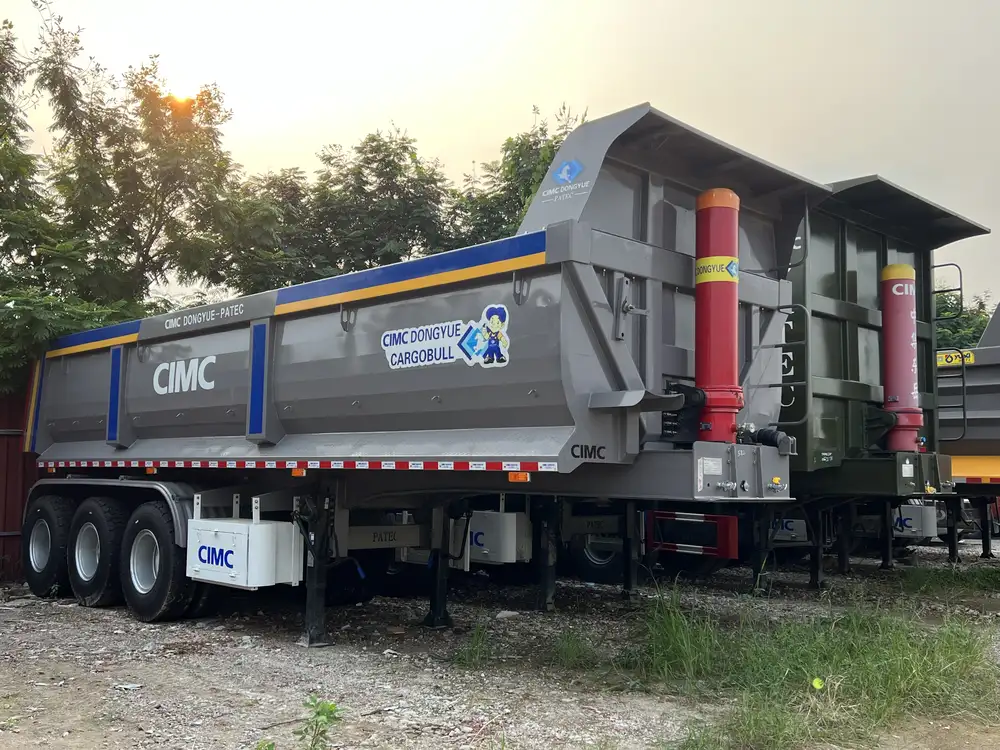
Documentation and Record-Keeping
- Maintenance Logs: Keep detailed records of all maintenance activities for accountability and regulatory compliance.
- Incident Reporting: Document any accidents or leaks promptly for analysis and improvement.
Conclusion
Selecting the right road tanker size is a multifaceted decision that impacts operational efficiency, regulatory compliance, and overall business success. At CarMax Vehicle, we offer a diverse range of road tankers tailored to meet your specific transportation needs. Our commitment to quality, customization, and advanced technology ensures that you receive tanker solutions that drive your business forward.
Frequently Asked Questions (FAQs)

1. What factors should I consider when choosing a road tanker size?
When selecting a road tanker size, consider the type and volume of cargo, regulatory weight and dimension limits, operational logistics, and financial implications. Assessing these factors ensures optimal performance and compliance.
2. How do road tanker sizes vary by region?
Tanker sizes can vary based on regional regulations concerning maximum gross weight, axle loads, and dimension restrictions. It’s essential to familiarize yourself with local laws to ensure compliance and avoid penalties.
3. Can I customize the size and features of a road tanker?
Yes, CarMax Vehicle offers extensive customization options, including material selection, tank configurations, pump systems, and safety features, to tailor the tanker to your specific needs.

4. What maintenance practices are essential for road tankers?
Regular inspections, thorough cleaning and sanitization, technical maintenance of pumps and valves, and meticulous documentation are crucial for maintaining the integrity and functionality of road tankers.
5. How does choosing the right tanker size impact operational costs?
Selecting the appropriate tanker size can optimize fuel efficiency, reduce the number of trips required, and lower maintenance costs. It ensures balanced load distribution, enhancing overall operational efficiency and cost-effectiveness.



